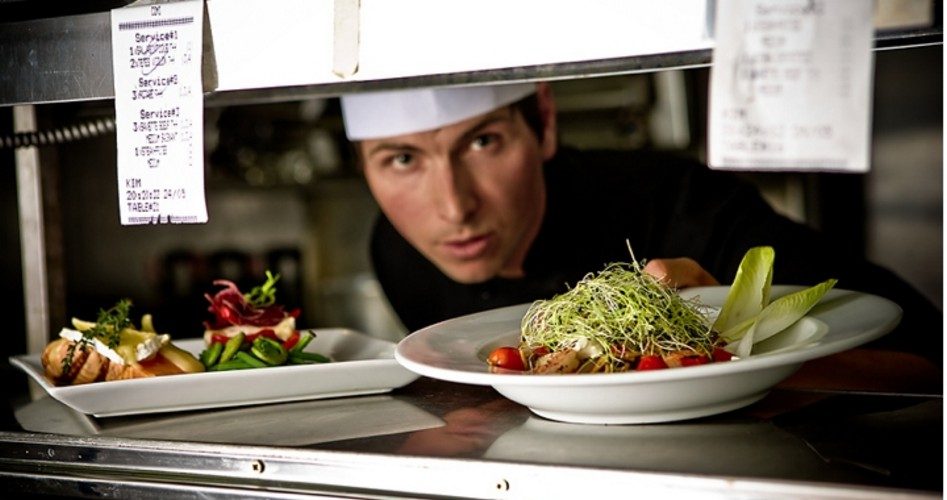
Minimum wage hikes have provided restaurant owners across the country the opportunity to tackle what many have criticized to be unfair tipping practices. Faced with rising labor costs resulting from minimum wage increases, some owners are raising costs on their foods and services and implementing no-tipping policies to help offset the increased costs for their patrons — a change that some owners are actually welcoming.
Many restaurant owners have begrudged what they view as the inequity of tipping practices, with servers making nearly double what staff in the kitchen earned after gratuities. But unlike with tips, which they could not legally compel servers to share with the kitchen staff, revenue generated from certain types of surcharges and increased menu prices can be distributed to everyone.
According to the New York Times, restaurant owners have cited additional reasons for preferring a business model that includes a no-tipping policy:
In some cities like New York, where tipping is subject to a confusing welter of federal, state and local regulations and tax laws, eliminating it would simplify bookkeeping. Managers say it would also allow them to better calibrate wages to reward employees based on the length of their service and the complexity of their jobs.
(Of course, a simplified tax code would fix New York City’s problem right up, but that is a whole different discussion).
Critics have also pointed to evidence that patrons tip disproportionately, depending on race and sex.
But for other restaurant owners, it is simply out of necessity that they must reconsider their business models in order to keep up with increasing costs.
Daniel Patterson, for example, who is a partner in five San Francisco Bay Area restaurants, states that when he first started working as a chef in the 1980s, labor accounted for approximately one-third of total costs, allowing owners to earn a 10 to 20 percent profit. Now, labor is costing about 40 to 45 percent of the budget, and rent costs are continuing to skyrocket, leaving owners with very few options. “Even a good restaurant doing a lot of business that’s popular on every level, is bringing 2 percent or 1.5 percent to the bottom line,” he said. “It’s like a not-for-profit.”
To adapt, restaurants like The Walrus and The Carpenter in Seattle have instituted a compulsory 20-percent service charge.
Other restaurants have followed similar models, including Manos Nouveau and Sous Beurre, both in San Francisco, where the menu prices include tips and taxes. NYC’s upscale Dirt Candy has added a 20-percent administrative fee for patrons.
Others are not quite ready to impose such drastic changes, citing fears of backlash from both customers and servers. The Times writes that owners are concerned that diners will see higher prices without realizing that they now include gratuities and will be driven away.
Some restaurant owners have articulated concerns that no-tipping policies could cause them to lose their best servers. According to the National Restaurant Association, the median hourly earnings for tipped servers are between $16 and $22, but servers at high-end restaurants can earn significantly more. “The tipped culture is still what draws many people into our industry,” said Christin Fernandez, a spokeswoman at the National Restaurant Association.
Time will tell what the impact of these new policies will have on the few restaurants that have adopted them, but restaurants on the fence will be keeping a close eye as they grapple with increasing labor costs.




